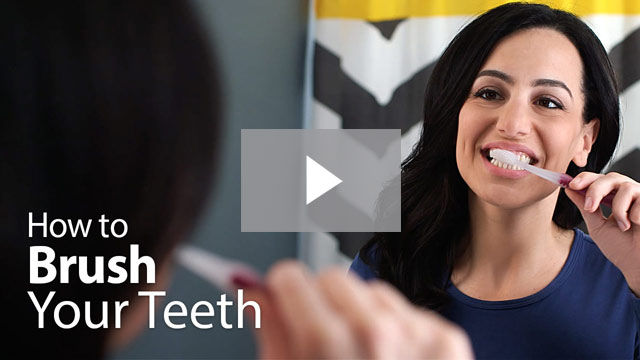According to recent studies many of us don’t brush our teeth properly.
Sadly research also suggests poor oral health doesn’t stop at the mouth, it can be linked to heart attacks, a stroke, and some forms of cancer. Therefore I have put a blog together to highlight which areas we can all improve of brushing and oral health regimes.
Firstly which brush is best?
Generally it is technique, and many will say that there is not much difference between a manual and electric toothbrush. However an electric toothbrush does take the effort out of brushing in the morning, some studies suggest it can be 45% percent more effective, but this is likely to the brush head moving at a consistent speed and the inbuilt timer makes you spend that extra time brushing so also have pressure sensors that let you know when you are brushing too hard. Electric toothbrushes come in two forms, sonic waves such as the sonicare, others work with a mixture of oscillations and pulsations such as Oral B. Generally most people leave it to a matter of choice.
Manual brushes the recommendation is a soft brush with a small head.
How to brush?
Using small circular movements over each tooth, starting with the outward faces then on the inside faces.
The holding the brush like a pen, angle it at 45 degrees, tilting it slightly upwards when brushing the upper teeth, tilting slightly downwards when brushing the lower teeth with the brush gently touching the gum.
Finally brush the biting surfaces.
What is important to consider is that you do not want to be brushing too hard as this can cause trauma to the gums and abrasion, therefore the gums will recede and this will cause sensitivity. This is why Professor Aubrey Sheiham of University college London suggests holding the toothbrush like a pen so that you don’t over brush as you would if you gripped it with your hand. For more information on the study it can be read here
You should be brushing for 2 minutes twice daily if not more, that’s 30 seconds per quadrant, any more could also lead to abrasion and gum recession.
They also suggest you do not rinse your mouth after brushing instead leaving fluoride on the teeth to maximise the benefit of fluoride. It is also recommended that you wait 40 minutes to 1 hour after eating to brush so allow PH levels in the mouth to neutralise particularly after eating acidic food.
Below is a link to a video that shows you how to brush
